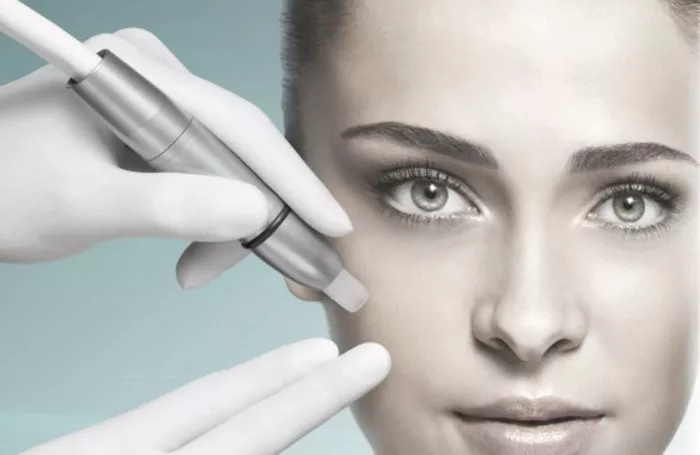Buccal fat pad removal, also known as cheek reduction surgery, is a cosmetic procedure aimed at reducing the fullness of the cheeks by removing excess fat pads. Patients considering this procedure often wonder about the duration of its effects and whether they are permanent or temporary. In this comprehensive guide, we will delve into the factors influencing the longevity of buccal fat pad removal results, the risks and benefits associated with the procedure, and what patients can expect during the recovery process.
What is Buccal Fat Pad Removal?
Buccal fat pad removal is a surgical procedure designed to sculpt the cheeks by removing excess fat deposits from the buccal fat pads located in the lower cheeks. This procedure is typically performed under local or general anesthesia and involves making small incisions inside the mouth to access and remove the targeted fat pads. By reducing the volume of these fat pads, patients can achieve a slimmer, more contoured facial appearance.
Factors Influencing Longevity of Results
Several factors can influence the duration of the effects of buccal fat pad removal:
Age: Younger patients may experience longer-lasting results due to their skin’s elasticity and ability to adapt to changes in facial contour. However, aging can still affect the appearance of the cheeks over time.
Weight Fluctuations: Significant fluctuations in weight can impact the results of buccal fat pad removal. Patients who experience substantial weight gain or loss after the procedure may notice changes in their facial contour.
Lifestyle Factors: Healthy lifestyle habits, such as maintaining a balanced diet and regular exercise regimen, can contribute to the longevity of results. Conversely, factors like smoking and excessive sun exposure can accelerate the aging process and affect the appearance of the cheeks.
Permanent or Temporary Effects?
The effects of buccal fat pad removal are typically considered permanent. Once the fat pads are removed, they do not regenerate, leading to a long-lasting reduction in cheek fullness. However, natural aging and lifestyle factors can still impact the appearance of the cheeks over time, potentially necessitating additional procedures or touch-ups in the future.
Risks and Benefits
Like any surgical procedure, buccal fat pad removal carries both risks and benefits:
Benefits:
Improved facial contour and definition
Enhanced self-confidence and self-esteem
Minimal scarring, as incisions are made inside the mouth
Long-lasting results with proper post-operative care
Risks:
Infection
Bleeding
Changes in facial sensation
Asymmetry or irregularities in facial contour
Unsatisfactory results requiring revision surgery
Recovery Process
During the recovery process, patients can expect some swelling, bruising, and discomfort, which typically subside within a few weeks. It is essential to follow post-operative instructions provided by your surgeon, such as avoiding strenuous activities, sticking to a soft diet, and attending follow-up appointments. Most patients can return to their normal activities within a week or two, although full recovery may take several weeks to months.
Expert Recommendations
To optimize the results of buccal fat pad removal and ensure long-lasting effects, it is essential to choose a board-certified plastic surgeon with extensive experience in facial contouring procedures. Additionally, maintaining a healthy lifestyle, including regular exercise and a balanced diet, can help preserve the results of the procedure over time.
In conclusion, buccal fat pad removal can provide patients with long-lasting improvements in facial contour and appearance. By understanding the factors influencing the duration of its effects, the risks and benefits associated with the procedure, and following expert recommendations for optimal results, patients can make informed decisions about their cosmetic goals and achieve the desired outcomes.


